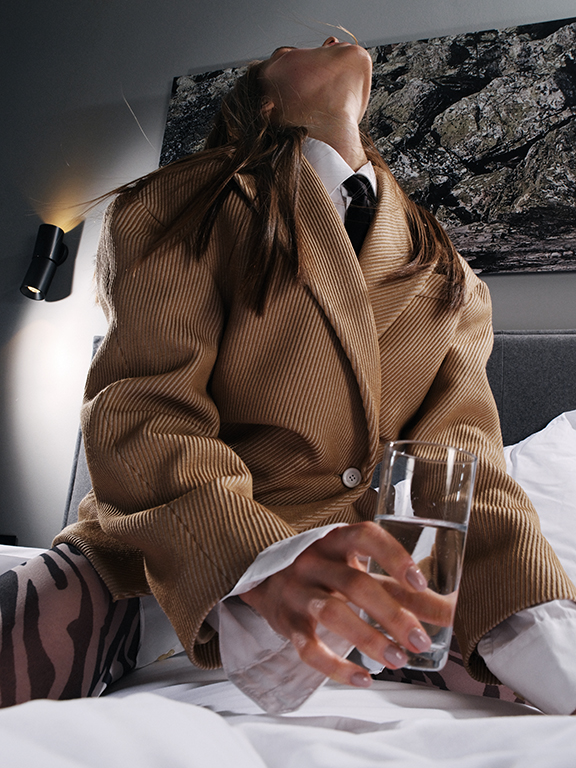
One day we woke up and our world has forever been changed – Covid-19 has invaded every aspect of our lives. For those that have spent the past few months living under a rock or in a bunker I remind you that Coronavirus disease (COVID-19) is an infectious disease caused by a newly discovered coronavirus. The COVID-19 virus spreads primarily through droplets of saliva or discharge from the nose when an infected person coughs or sneezes, so it’s important that you also practice respiratory etiquette. What is respiratory etiquette you may ask? Well as our government leaders love to say it’s our “new normal”. Citizens are now required to wear face coverings wherever they may go be it grocery shopping or for a stroll. The “new normal” is having a new and long lasting effect on the fashion industry as we know it. Masks appeared in many forms on the Fall/Winter 2020 runways. From air-filtering face masks to avant-garde masquerade styles, designers highlighted the mysterious accessory, bringing intrigue and drama to the collections. Face masks, now not only recommended but also required by the Centers for Disease Control and Prevention, should be fashionable. The decorative nature of facemasks connects to the sense of performativity that they convey. Historically, facemasks have been used in religious and theatrical productions since the time of the ancient Greeks. They are used to conceal or alter one’s identity, adding to their air of mystery. In fashion, Martin Margiela pioneered the use of facemasks. The designer, who never made a public appearance during his career, highly valued his privacy. He began shielding his models from prying eyes, too, by creating custom-made jeweled masks that completely covered the models’ faces. Other designers such as Alexander McQueen, Thom Browne, and Viktor and Rolf also made their designs and sense of artistry take precedent by using masks to evoke mystery and drama. They simultaneously invite the viewer to look closer, trying to uncover what’s behind the mask, while also distancing the audience from the wearer. According to “History of Surgical Face Masks: The myths, the masks, and the men and women behind them,” by John L. Spooner, face masks first appeared at the very end of 19th century, used as a protective measure worn by doctors during surgery to prevent airborne bacteria from entering an open wound. But that isn’t exactly true, one of the most well knows images of masks is the Plague Doctor mask which was worn by physicians who treated victims of the bubonic plague. Doctors wore a beak-like mask that was filled with aromatic items. The masks were designed to protect them from putrid air, which according to the miasmatic theory of disease was seen as the cause of infection. The design of these clothes has been attributed to Charles de Lorme, the chief physician to Louis XIII. Today there are pages and pages of facemasks on Google. Most of them are simple pieces of fabric with straps, decorated with puppy dogs, Wonder Woman, Star Wars, rainbows and other designs ranging from $6.99 to about $40. Others are more intricate and represent the future that we’re slowly moving towards – a mask as an extension of our jewelry boxes. We are now being offered masks that match any and all outfits as well as covered in precious and semi precious gems and metals. Welcome to the “new normal”.
Story by Sasha Leo.

